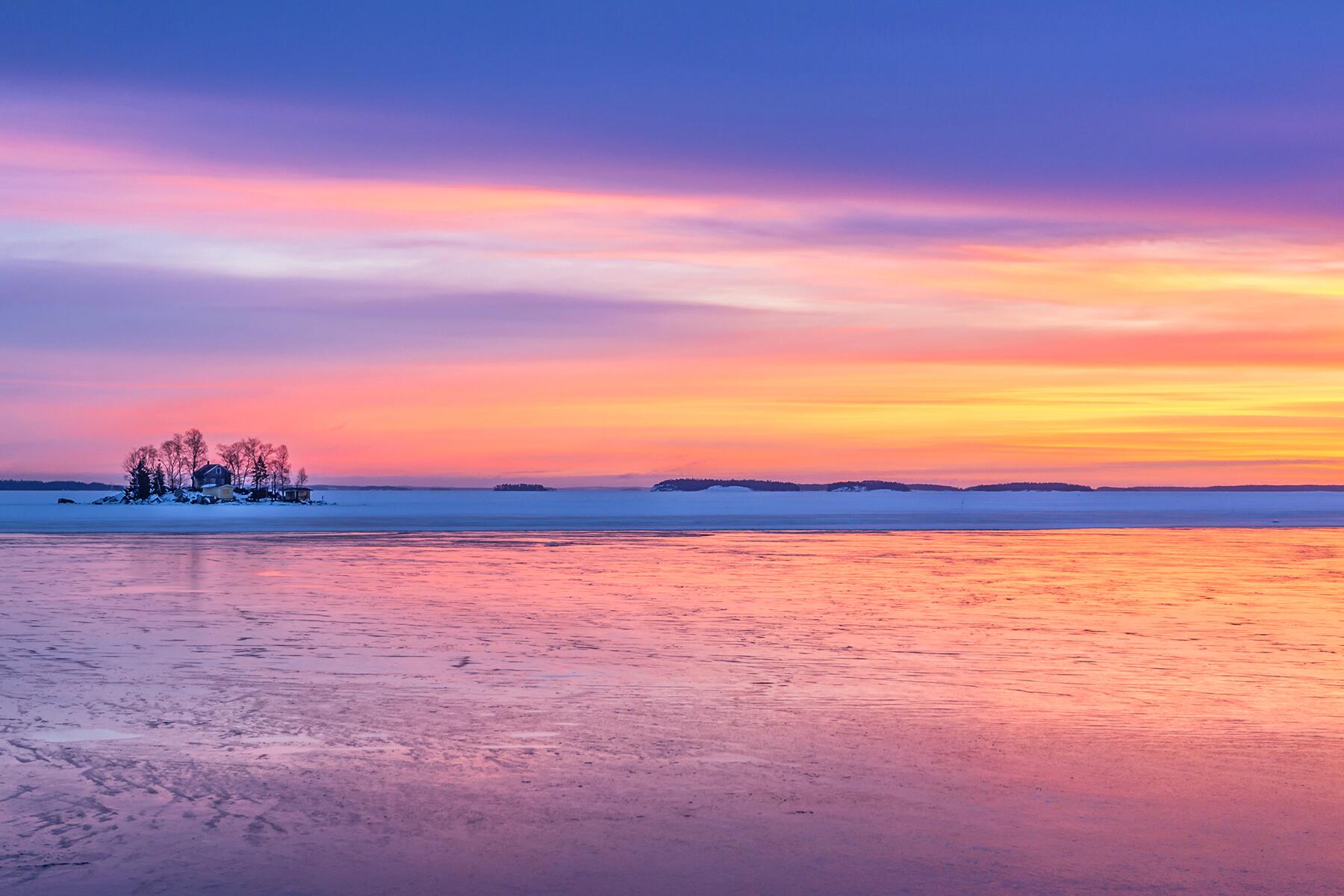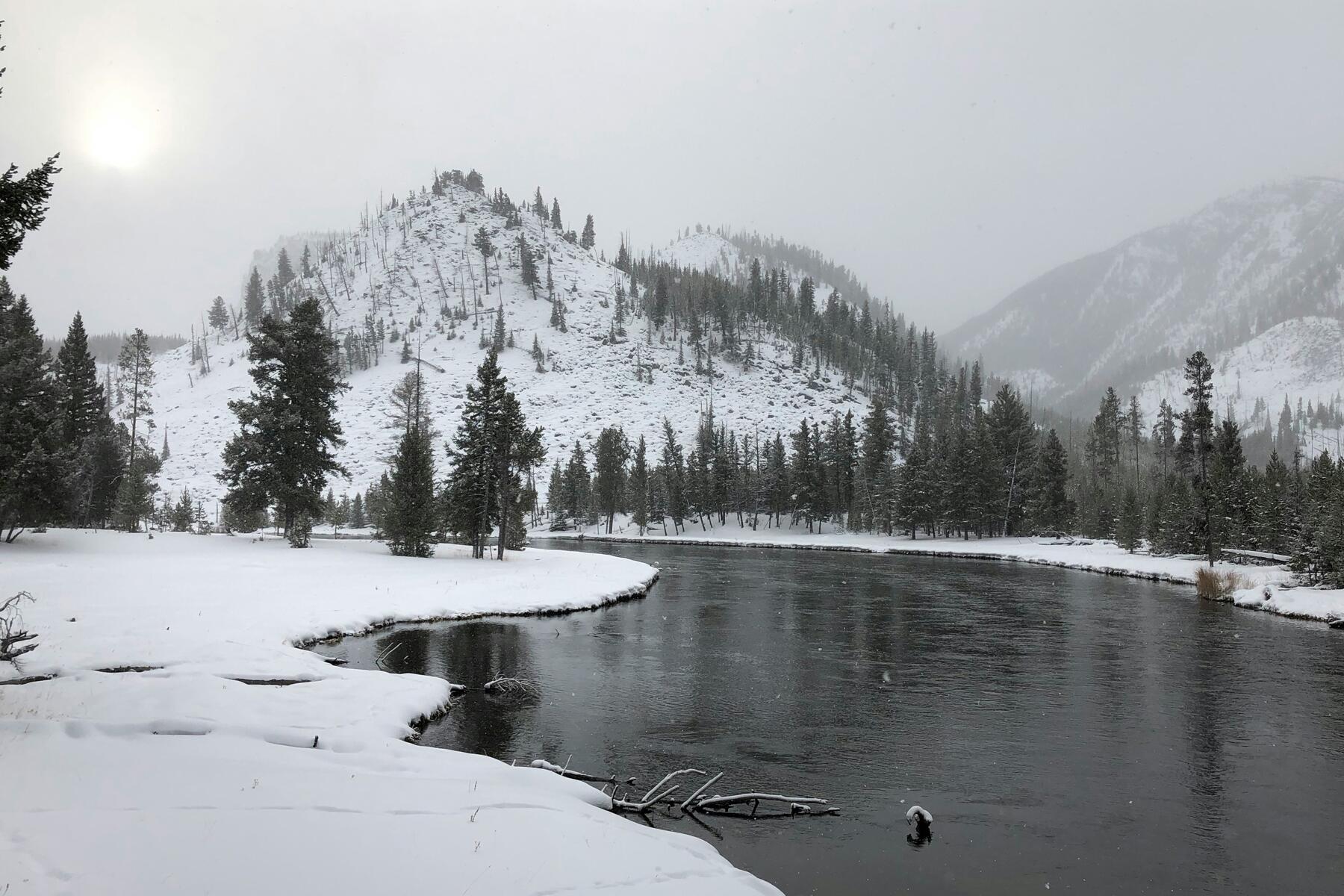Everything you need to know before you go--here’s how to plan the perfect trip to New Zealand’s Milford Sound.
Anchoring the southwest corner of New Zealand’s South Island, the scenic Fiordland Region is often thought of as the end of the earth. The area’s untouched hinterland is home to chiseled cliffs that have been the backdrop for many a film—from the Lord of the Rings to this summer’s Mission Impossible 6—and Rudyard Kipling dubbed it the “Eighth Wonder of the World.” Within the wild and rugged region, the mighty Milford Sound is the most frequented destination. This extension of the Tasman Sea lures nearly 1 million travelers a year from all over the world to admire its waterfalls, wildlife, and imposing mountain scenery. For almost any traveler, the South Island seems to be at the opposite end of the world, but it’s well worth every hour of transit—and then some.





